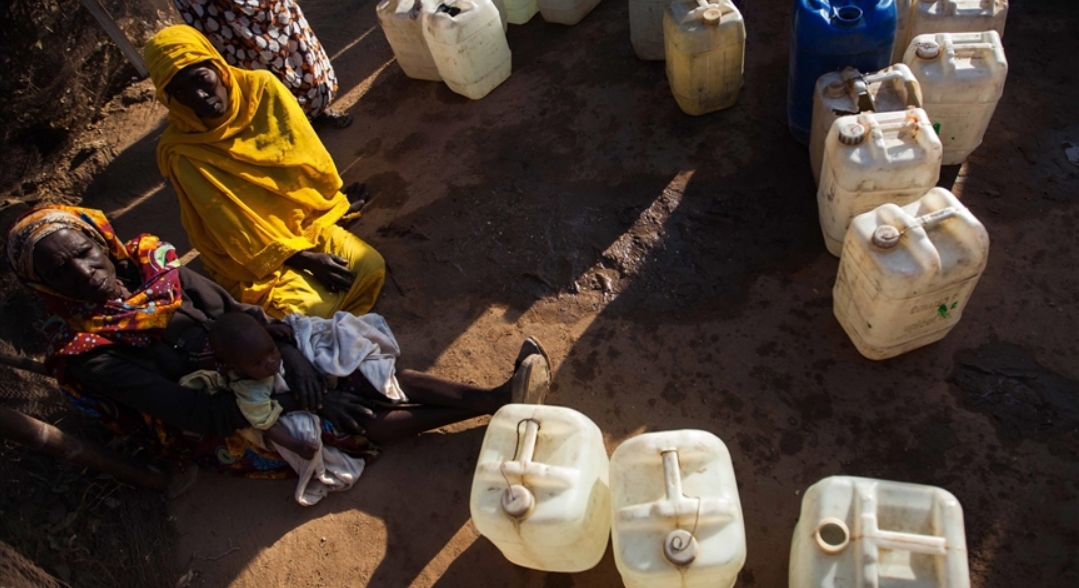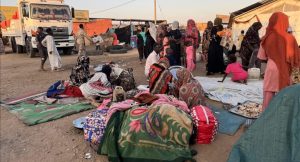Khartoum, MINA – More than half of South Sudan’s will experience crisis-level hunger or worse during the 2026 lean season, according to an Integrated Food Security Phase Classification (IPC) report released Tuesday.
The report projects approximately 7.56 million people will face severe food insecurity between April and July 2026, including over 2 million children suffering from acute malnutrition.
The analysis, conducted by UN agencies and the South Sudanese government, attributes the dire situation primarily to ongoing localized conflict, expanding civil insecurity that has displaced large populations, and widespread flooding that continues to disrupt livelihoods and agricultural production.
Current figures show the crisis is already severe, with 5.97 million people (42% of the population) facing acute food insecurity between September and November 2025. This includes 1.3 million in emergency (IPC Phase 4) conditions and 28,000 in catastrophe (IPC Phase 5) conditions, with Luakpiny/Nasir County in Upper Nile at risk of famine under worst-case scenarios.
Also Read: Dozens Killed in RSF Drone Strike on Sudanese Village During Funeral
Meshack Malo, FAO Representative in South Sudan, linked the hunger crisis to disrupted agricultural systems. “The hunger we are witnessing in South Sudan partly stems from disrupted agricultural seasons and agri-food systems that are sufficient to meet the country’s food needs,” he said, emphasizing that “achieving lasting peace and revitalizing agri-food systems are essential to ending hunger.”
Humanitarian access remains critically challenged, with insecurity, looting, poor infrastructure, and flooding isolating entire communities for months and preventing life-saving support from reaching those most in need.
The report highlights an alarming trajectory, with WFP Country Director Mary-Ellen McGroarty noting that while progress is visible in peaceful areas with consistent access, sustained momentum is crucial for lasting change across all affected communities.
An unprecedented six counties are projected to reach the most critical malnutrition levels in 2026, driven by conflict-induced displacement, limited access to essential services, and a spreading cholera outbreak. The report projects 2.1 million children under five and 1.1 million mothers at risk of acute malnutrition by June 2026.
Also Read: Mamdani Leads Race as New Yorkers Choose Next Mayor
UNICEF Country Representative Noala Skinner emphasized the urgency of safe access to life-saving health and nutrition services for all affected areas.
South Sudan’s Agriculture and Food Security Minister confirmed the grim statistics, noting that while numbers may slightly decline to 5.86 million during the harvest period (December 2025-March 2026), they will rise again to 7.56 million during the 2026 lean season. He pledged enhanced government support for vulnerable populations despite funding shortages.[]
Mi’raj News Agency (MINA)
Also Read: International Red Cross Calls for Safe Corridors for Civilians in Sudan
































 Mina Indonesia
Mina Indonesia Mina Arabic
Mina Arabic